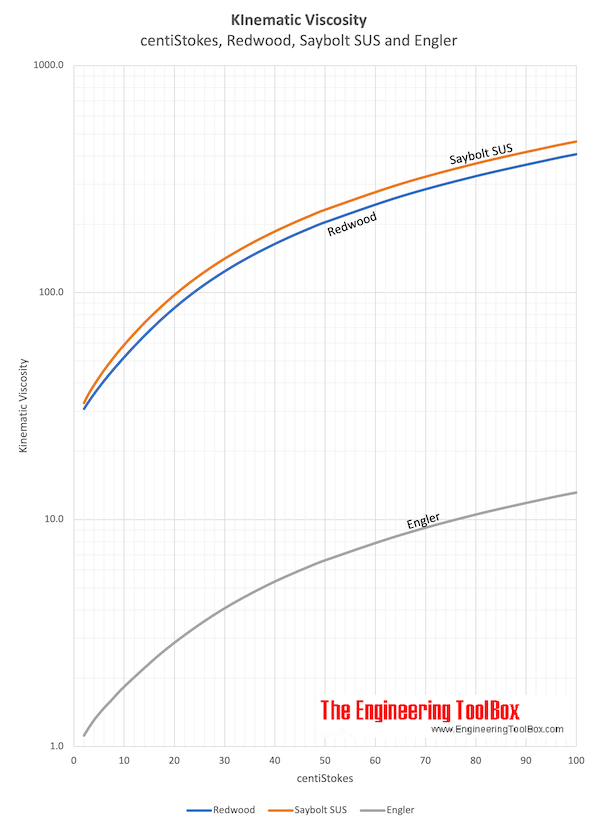

The viscosity of a fluid is determined by its condition. Experiments reveal that some stress is required to maintain the flow, which is due to the necessity for a force to overcome the friction between the fluid layers in relative motion. When a viscous fluid is driven into a tube, it flows more swiftly near the tube’s axis than at its walls, and viscosity measures the internal frictional force between adjacent layers of fluid in relative motion. Uric Acid: Normal Range, Medicine, Control, TreatmentĪ fluid’s viscosity is a measure of its resistance to deformation at a certain rate, and it correlates to the colloquial concept of “thickness” in liquids.A fluid with low viscosity, on the other hand, flows smoothly because its molecular nature causes very little friction when moving. Because of its strong intermolecular tensions, it has a lot of internal friction, which prevents layers from moving past one another. When fluid has a high viscosity, it inhibits movement. It is caused by internal friction between the fluid layers as they slip past one another while fluid moves. Viscosity is a measure of a fluid’s thickness or resistance to items passing through it. Most fluids have some resistance to motion, which we call viscosity, which occurs when the fluid’s layers move relative to one another. Is it true that water has a high viscosity?.What is the best way to break viscosity?.What are the different kinds of viscosity?.What causes viscosity in the first place?.Viscosity Formula, Symbol, Meaning, Unit, Dimensions QNAs.NCERT Solutions Class 10 Social Science.

NCERT Solutions For Statistics Class 11.


 0 kommentar(er)
0 kommentar(er)
